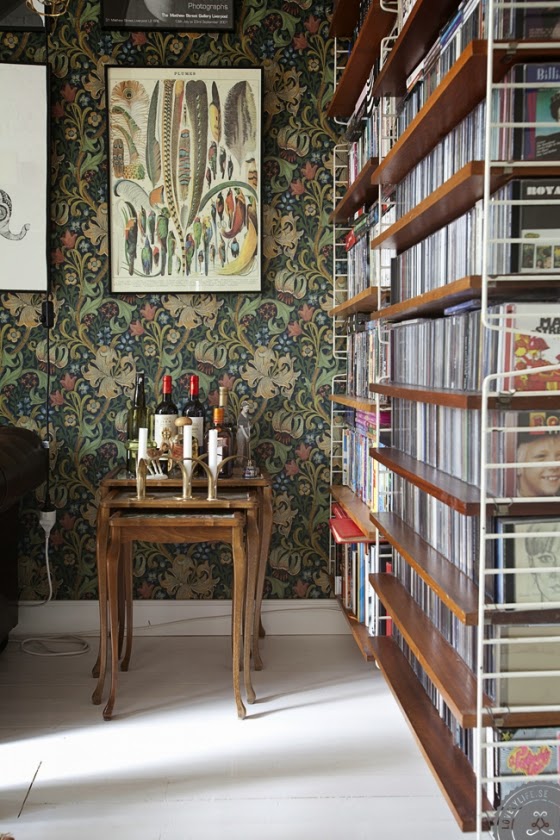Things To Consider Before Starting Your Next DIY Project
Latest figures have revealed that the average home in the US has 9 DIY jobs in progress at any one time. While nearly half of Americans start projects around the house, only 4 jobs ever get completed. Perhaps this sounds familiar or maybe you’re thinking about doing your own DIY task? Either way, we round up a few things you need to consider before getting the toolbox out.

Can you actually do this?
Of course, one of the best things about DIY projects is that you get to try your hand at odd jobs around the house – and perhaps recognize a creative flair that you didn’t know you have. You don’t always need to have done the task before or even know how to do it because online instructions are always available to guide you.
However, one of the most important considerations before taking on a DIY project is to think about what skills you do have and whether you’re lacking any that are required. Consider how long it will take you to learn them. Remember, there’s no harm in asking for help, even if you had visions of completing the project solo.
Do you have the right tools?
As well as having the ability to do the project, you also need the right tools. Obviously, this will depend on the exact project at hand, but usually you’ll need a selection of pens, pencils, rulers, scissors, glue, paint, hammers, and even screwdrivers. The preparation of your work surface can also be the difference between its success and failure.
For example, if you’re painting a wall, you need to ensure it’s smooth and has the relevant base coat. Wood typically needs to be sanded and primed, and any joints or cracks need to be effectively sealed before you go any further. This is to ensure that the item won’t break and will help with the overall success of your project.

Have you got enough time?
Again, another great thing about DIY projects is that they cover a wide range of areas and you can take your time with them. But how much time is too much? Do you really have what it takes to see the project through in its entirety? As well as the project itself, you need to factor in time for errors as well as general day-to-day responsibilities that are likely to get in the way. If you’ve never completed a DIY project before, you might want to start off small before working your way up.
Being careful is crucial, though, as mistakes can be costly. While it might be easy to cover up mistakes if you’re painting a wall, wood, on the other hand, isn’t quite so easy to fix; nailing something into a wall in the wrong place will leave visible holes if you can’t cover them up. For this reason, you should consider doing your DIY project in phases. For example, doing one less coat of paint to see how the colour looks or using a hammer and nail to ensure the hole you want to drill will be in the right place.
These are just a few pieces of advice. If you have a rough idea of what to do, have the right tools, and have prepared the working area, there’s no harm in giving your DIY project a go. However, if you begin to struggle or have no idea what move to make next, it’s always a good idea to stop what you’re doing and either enlist the help of a professional or head online to get some advice. One thing’s for sure though, completing a few DIY tasks around the home is a great way to personalize your space and there really is no self-satisfaction like it.






